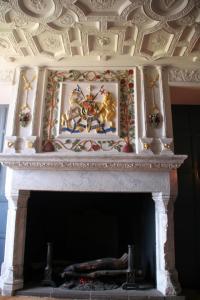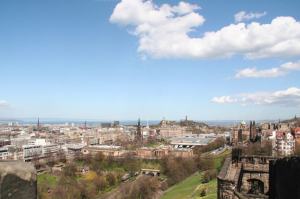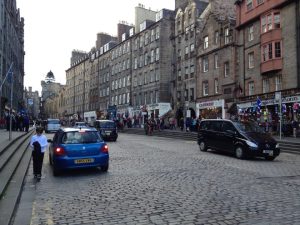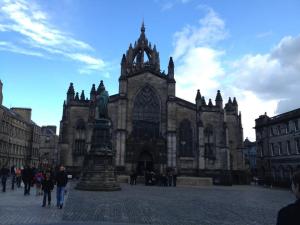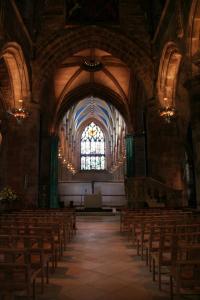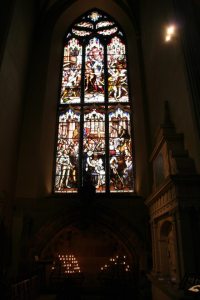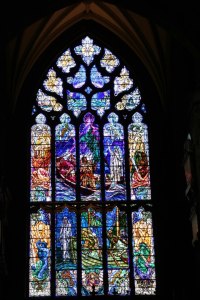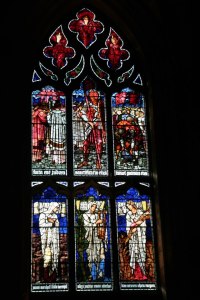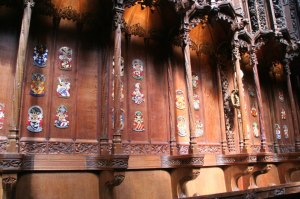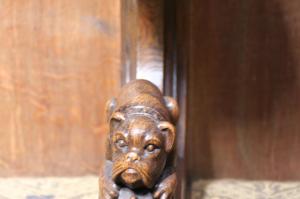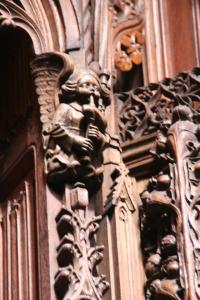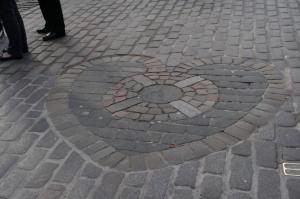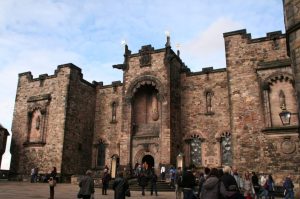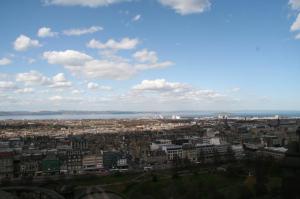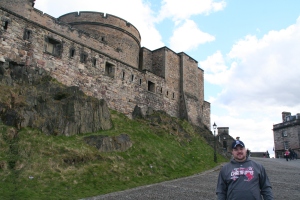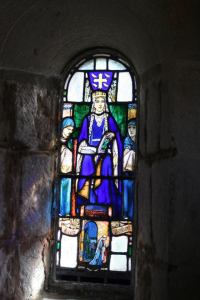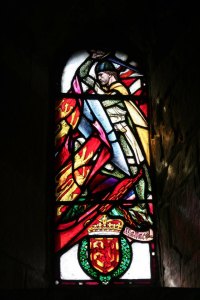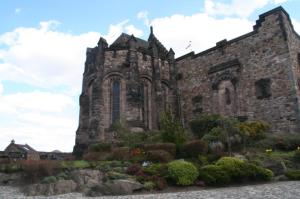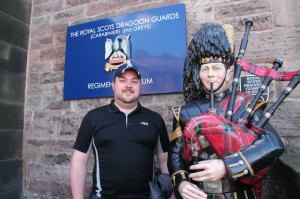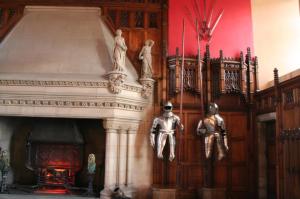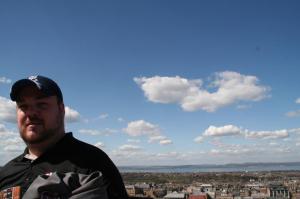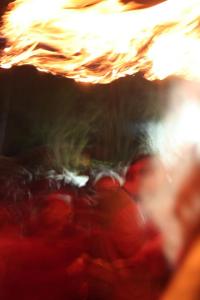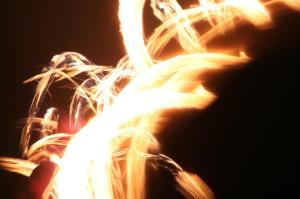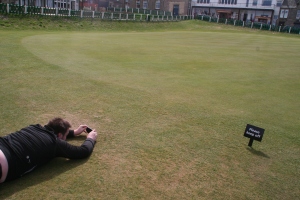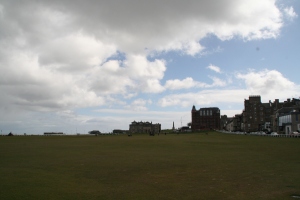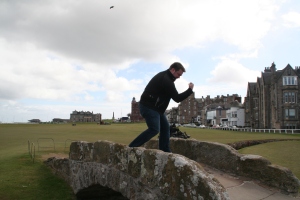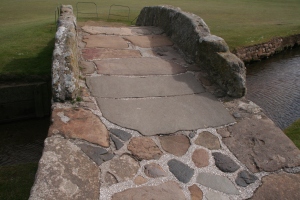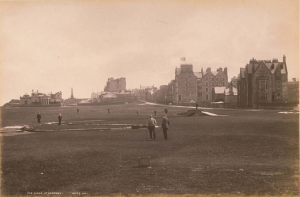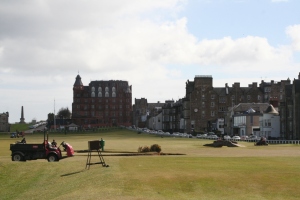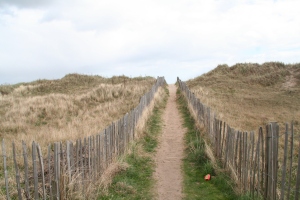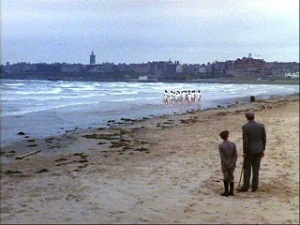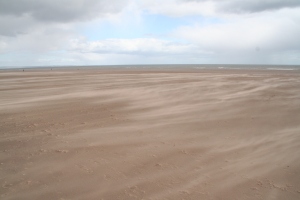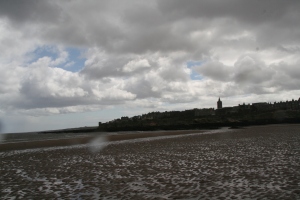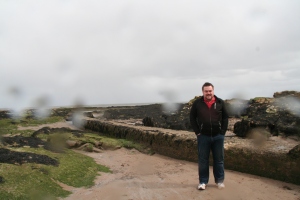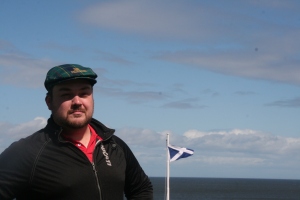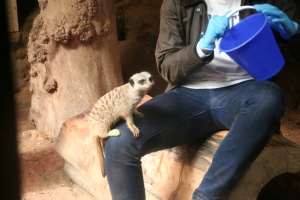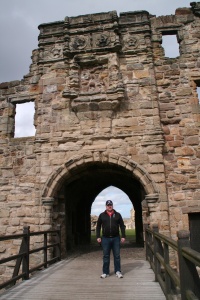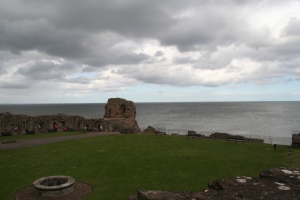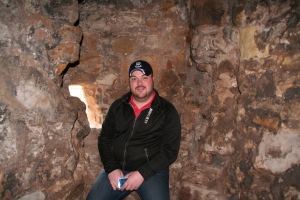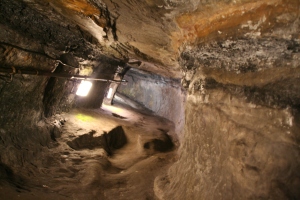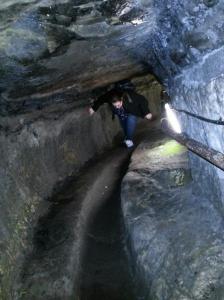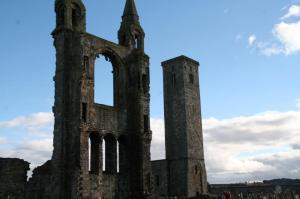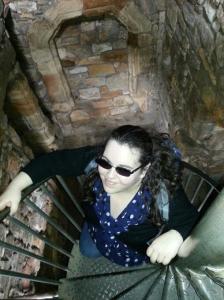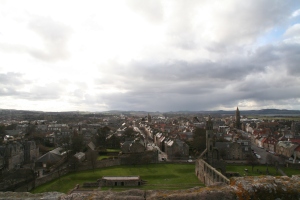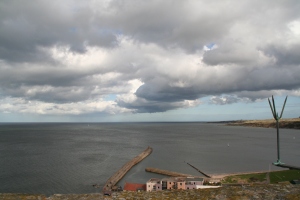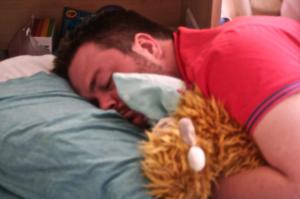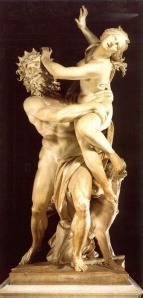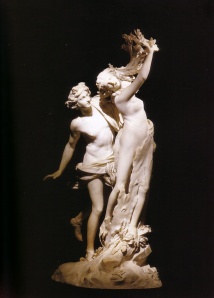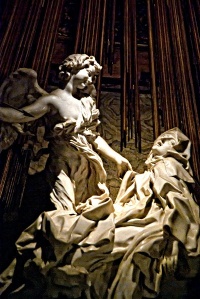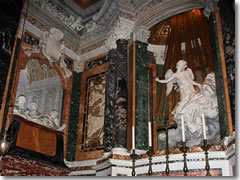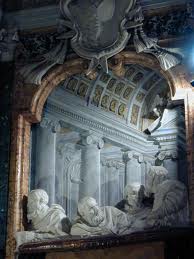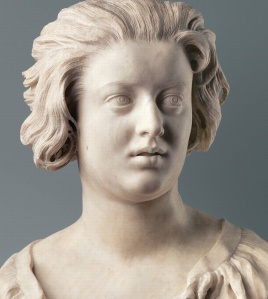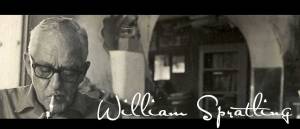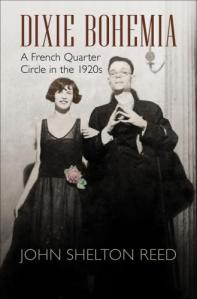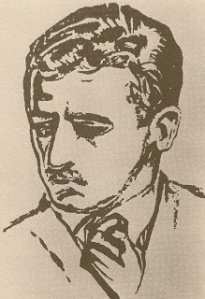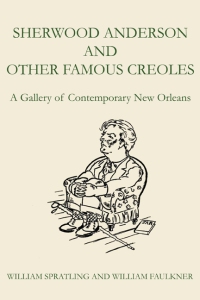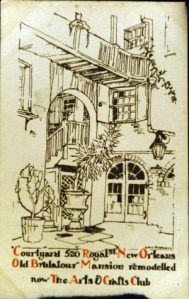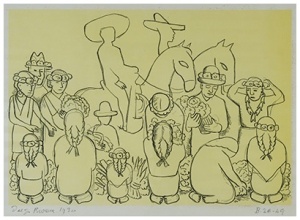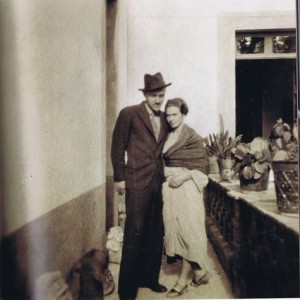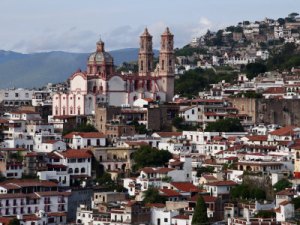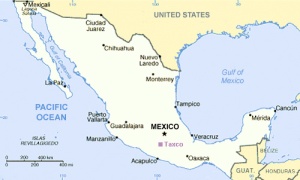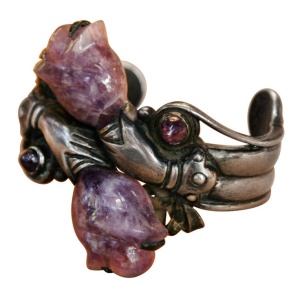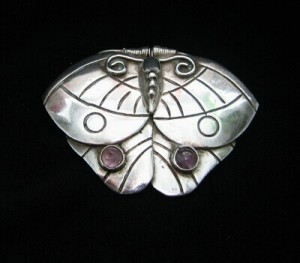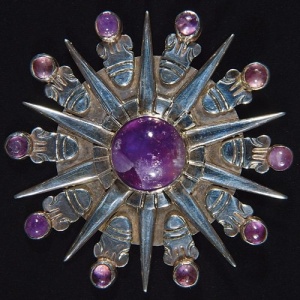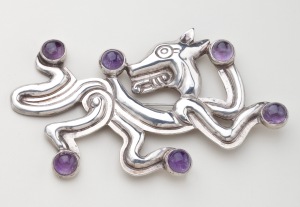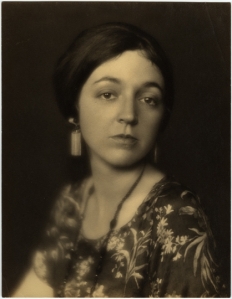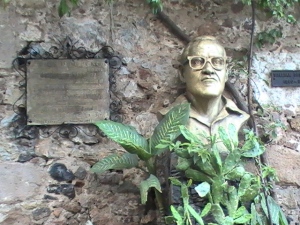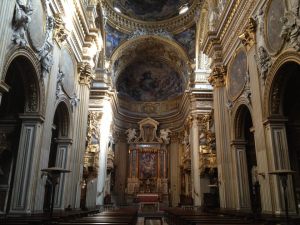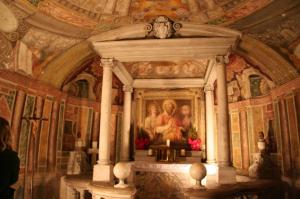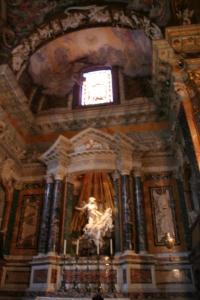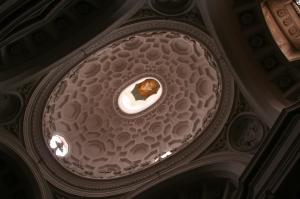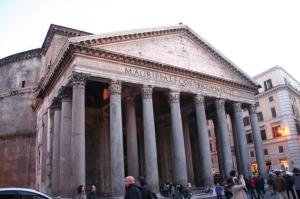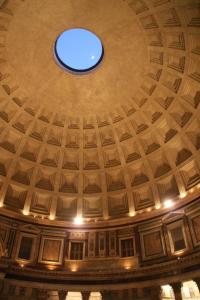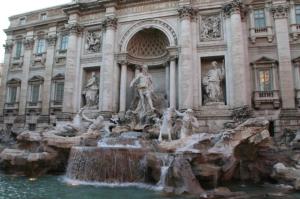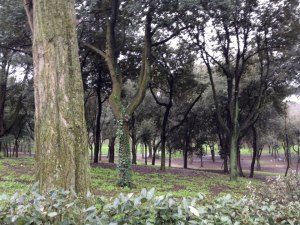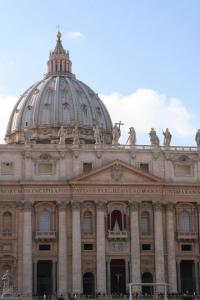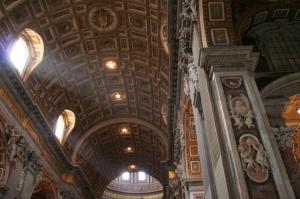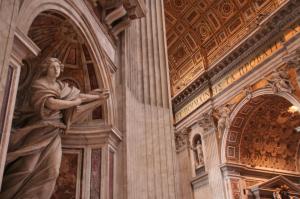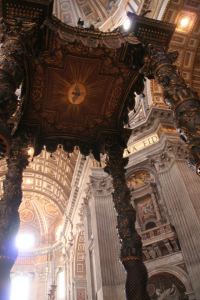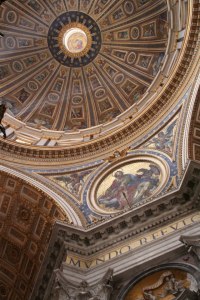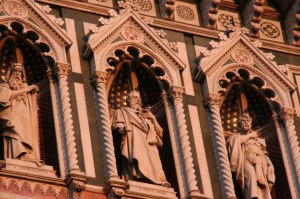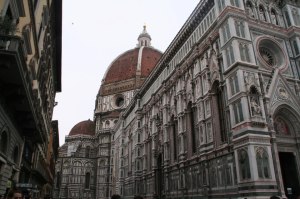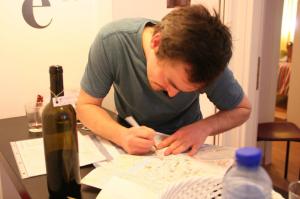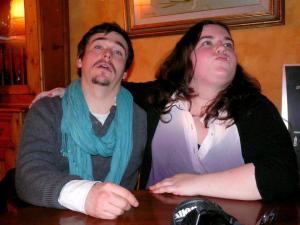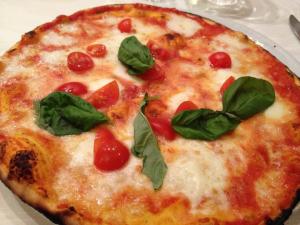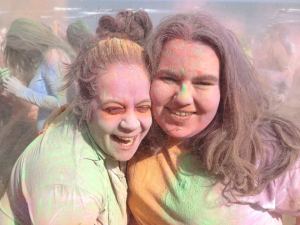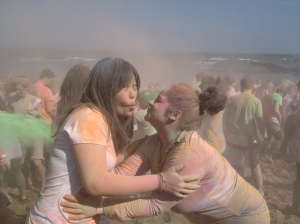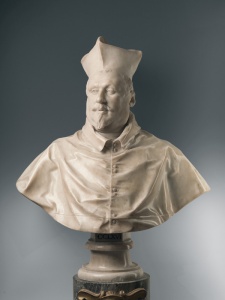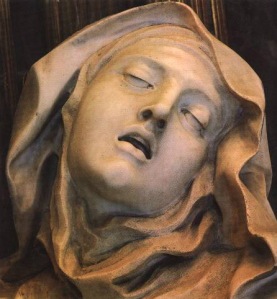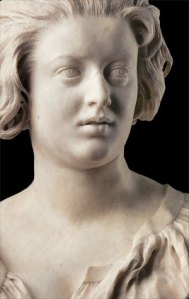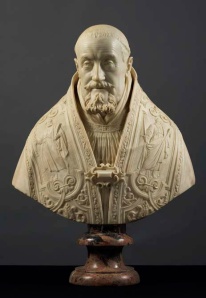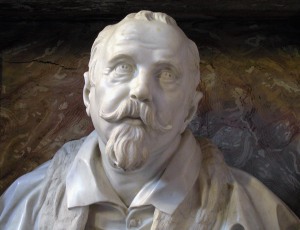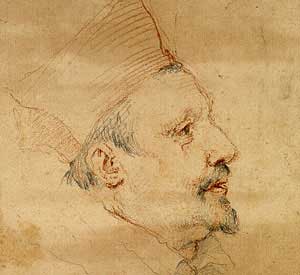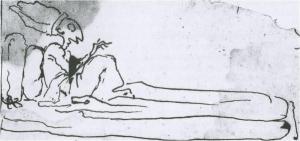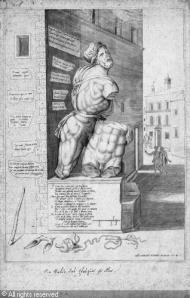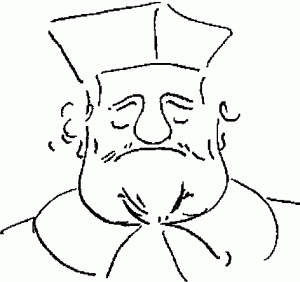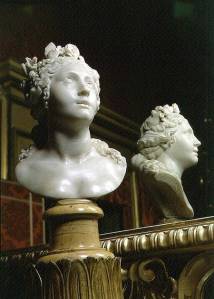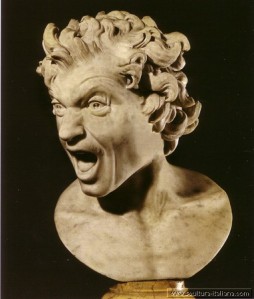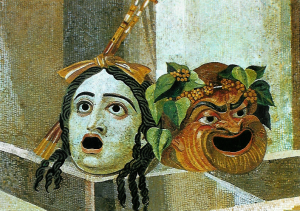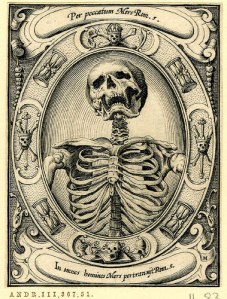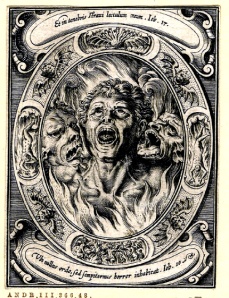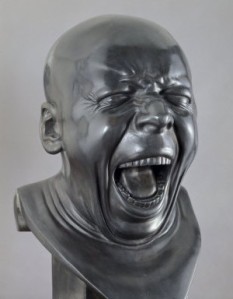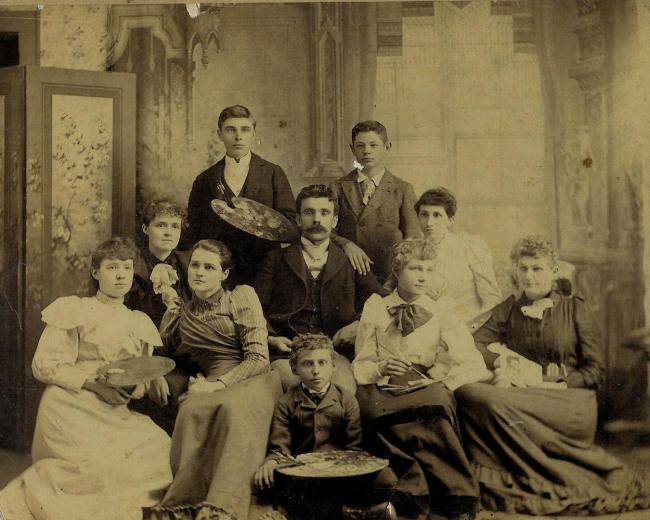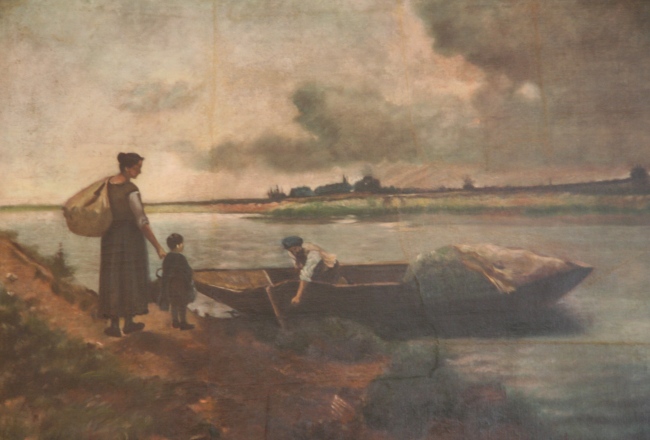One of the assignments we have this semester is a keyword essay where we picked one word that is associated with our dissertation. You were supposed to take the word and look at it in terms of other discipline. My word was “community” and I chose to look at it in terms of psychology, anthropology and sociology. This is the rough draft of my paper so excuse the grammar and scattered feel of it. Also, I left out the citations because it was already too long for a blog post, but this is definitely a topic that took a lot of research.
My dissertation focuses on the way that types of government encourages and limits the ways in which artist communities, specifically focusing on William Spratling and his work in New Orleans, Louisiana and Taxco, Mexico. In order to understand the connection between government and community, one must first understand what constitutes “community”. The term “community” is most commonly defined as “a body of people who live in the same place, usually sharing a common cultural or ethnic identity” or even at times, the physical location where this group forms itself is referred to as a community. At first glance, the location seems to be an essential aspect of the formation of a community. The artist group formed in 1920s New Orleans, Louisiana by the writer William Faulkner and his roommate the designer and artist William Spratling is a prime example of a social group formed by people from different places and with different interests brought together through location. However, the members of this group, whose time in the New Orleans French Quarter became known as “The New Orleans Renaissance”, formed a bond that transcended their shared space, allowing for them to remain a social entity when they dispersed from New Orleans. Is it by chance then that communities form or is it something other than just location that bond people together?
Artists have a long history of forming social groups but in many of those cases, as contact between different parts of the world became easier, the members of the group are not from the same location. In her discussion of rural artist, Nina Lübbren describes an artist community as “not simply haphazard collections of individuals who happened to share the same space but cohesive social entities with shared rituals and commitments”. This description removes the element of location as a necessary aspect of the art world, and can easily be applied to community in general. Since the idea of community is universal, affecting every culture and subculture in the world, it is important to see the different ways that this bond is form and affects its members in a overarching view. In this paper I look at the study of the term community outside of the art world, in three separate fields of study: psychology, sociology and anthropology.
The psychological impact of community is one that has been studied in depth since 1974 when Seymour Sarason first introduced the concept of people needing a “sense of community”. Sarason’s work focuses mainly on education reform and he was able to identify that the shared experiences between students with each other and their teachers, form a type of ever-changing community . This idea of a “sense of community” was expanded upon twelve years later in the work of David W. McMillan and David M. Chavis, who took Sarason’s work and identified the specific term “community”. There is a difference between a community and a sense of community, since a sense of community is temporary and is centered around institutions such as schools, where as a community is built upon over longer periods of time and the bonds formed are longer lasting. A sense of community is dependent on the individual, where as community involves a collective of people and can even be built through generations.
McMillan and Chavis define this permanent community as having four essential elements: membership, influence, integration and fulfillment of needs, and shared emotional connection. “Membership” is the most basic element of community as it is the initial feeling of belonging, which leads to the other elements necessary and without bonds between people cannot form. The next element, “influence”, is the concept of the individual being able to make a difference within the group and thereby making the group matter to its members. This element is important in order to make the members of the group want to participate within the community, and without individual participation there is no community.
Built upon these first two initial aspects of community come the ideas of integration and shared emotional connections. “Integration and fulfillment of needs” is the concept that through participation in the group each member has their needs met, thereby making membership in the community beneficial to each respective individual. If a group is not beneficial to its members, then there is no purpose for the members to remain and the community cannot be sustained. Although the first three of McMillan and Chavis’s elements of community are important, the final element, “shared emotional connection”, is the one that cements a community together. This element derives only from continued participation in the group. This connection is formed between members of the group through shared history, common places, time together and similar experiences. This aspect of community helps remove the geographical aspect associated with the term since these connections can be formed through belonging to the same community that is divided by location. One prime example is seen in religious communities, where people of the same religion share this bond, even if they are in separate locations. It is the most important outcome of a community as it takes a time to develop and becomes an integrated part of the individual. With these elements of community defined, the study of community psychology was formed and split focus into two main components, that of the ecological world of community and the push for change that comes from community.
One psychologist who approaches this topic from an ecological angle is James G. Kelly. This angle is the most scientific aspect of community psychology, as ecology is the study of how individuals react to each other and their environment in a physical sense. Kelly claims that there are four separate components to the ecological avenue of community psychology: adaptation, succession, cycling of resources, and interdependence. Although based more in a biologically scientific view, these four components of the ecological side of community psychology coincide with the four aspects of McMillian and Chavis’s definition of community. The first component, “adaptation”, refers to the concept that the actions of the individual are in direct response to the demands of their surrounding world. As each individual adapts to their surroundings, then their respective community must also change in order to fulfill the “influence” element of community. The next component, “succession”, is a concept that is built upon McMillan and Chavis’s definition of “shared emotional experiences”. “Succession” refers to the necessity of understanding the history of a particular community, and the members understanding and respecting that history. The history is established by the shared emotional experiences between previous members and therefore the community builds upon itself through time.
Kelly continues to discuss the needs of the community through the discussion of resources within the community. He uses the phrase “cycling of resources” to describe the how communities become stronger by building on the existing strengths of the individual members instead of looking for strength from outside of the community. This definition is applicable not only to humans, but can be seen throughout the natural world, allowing for the concept of community to be seen as a biological need. The final ecological element of community psychology is “interdependence”, which refers to the consequences that change have on the community, its members and its setting. It is the inevitable aspect of an ecological approach, as ecology is rooted in the concept of change, and emphasizes that any impact and change within the community will have unintended consequences.
Since change and impact are an expected part of community it is important to look at why these groups change. In 1974, family psychologist and community theorist, Paul Watzlawick, identified two “orders” of change that he attributes to community psychology. These changes are important in the community because they identify the ways that communities change as a way of problem solving, thereby fulfilling both McMillan and Chavis’s “integration” and Kelly’s “adaption” elements of community. Watzlawick identifies “first-order change”, which consists of changing the individuals within a community in order to fix a problem, and “second-order change”, which involves changing the structure of the community in order to fix the problem in the community. He emphasizes that these elements of change are a part of keeping a community alive, as he believes that the purpose of a community is to work towards positive social change. Again, these aspects of change can be found within nature, and are not limited to the human psyche. The fact that the psychological definition of community and the ecological psychological definition merge seamlessly helps illustrate that community is a natural psychological part rooted in humanity. It is also a necessary aspect of humanity, as is seen when looked at from the anthropological and sociological approaches.
While psychologists study community as a natural and essential component to the human psyche, anthropologists look at how communities are formed and sustained. An important aspect of the anthropological approach to community is that it allows for the communities to be contained within each other. For example, a family, or community organization, can be contained within a religious community, a community of culture, which itself can be contained with in a geographical community. In recent years there has been the development of a branch of anthropology based on the impact of the Internet on social groups. This branch of anthropology, known as cyber anthropology, focuses on the communities formed through the Internet and therefore does not necessarily coincide with the three types of anthropological communities listed above. However, even as an anthropological study, the development of cyber anthropology reflects the study of the ecological psychology of community, specifically Kelly’s element of “interdependence”.
Since, according to cyber anthropologists, communities can now be formed without members ever physically meeting each other, then what are the intrinsic actions needed to form a community? Scott Peck is one anthropologist that focuses his work on the concept of building a community. Peck claims that there are four stages of community building: the pseudo-community, chaos, emptiness and true community. Unlike the psychological definitions of community, these four stages are developed only through building on each other. According to Peck, every community begins as a “pseudo-community”, where people first come together and put forward what they consider their best attributes in order to gain acceptance into the community. Once individuals are comfortable with each other, they allow all the aspects of their personality to emerge within the group, creating a form of “chaos”, the second stage. Peck explains that at this point of community development, there are individuals that try to take a leadership role in order to control the chaos. Peck warns that this action should be resisted, as it is detrimental to the natural development of a true community.
Once chaos has begun to tear apart the community, and no one individual has taken control of the group, comes the stage of “emptiness”. Peck sees emptiness as a stage of healing, where the members of the community address where their needs are lacking and everyone comes together in order to meet their collective needs and repair the community. It is only through the process of emptiness that “true community” is formed. This is the final stage of community, when individuals of a group develop a deep respect and care for the other members of their community. It is this stage that Peck believes is the deepest desire innate in every human being. True community can only come out of conflict, since it is only through overcoming that conflict that can bring a community close enough to truly care about the needs of its members. Peck believes that building a sense of community is an easy and natural process, however it is maintaining that community that is challenged in the modern world.
Where anthropology studies the formation of community, Sociology approaches community through the study of the networks that stem from the interactions of the individual members. In 1887, Ferdinand Tonnies made a distinction between community and society in his book, Gemelnschaft and Gesellschaft. Tonnies describes community, gemelnschaft, as a cohesive social entity, which is contains a tighter bond, such as a family. Traditionally a strong community was formed through location and cultural similarities. The other side of social groups is what Tonnies refers to as the gesellschaft, which is translated as society or association. The society is described as a society made of individuals that enter the society through self-interest. It is not the motivation of the group in this instance, but the motivation of the individual that helps form the society. Tonnies claims that no group is wholly gemelnschaft or wholly gesellschaft, but is always a varying combination of the two.
Once a group is established, the individuals within the group build a freedom and security that helps build social networks. These networks become known as “social capital”, a theory that Robert D. Putnam uses his work to define and rebuild communities within the United States. In one particular study done in 2000, Bowling Alone, Putnam uses the bowling and bowling leagues to illustrate the decline of social capital in the United States. In this book, Putnam explains that the increase of individual bowlers correlating with the decrease in bowling league memberships is representative of the breaking down of social networks and the elevation of the individual. In order to understand the importance of social capital, it is important to understand the two types of social capital, bonding capital and bridging capital. Bonding capital is formed between individuals who are similar to each other. This network can be based on age, race, gender, religion or other cultural connections. On the other hand, bridging capital is created between people who are not alike.
These networks are necessary for forming diverse and therefore peaceful societies. Bonding and bridging capitals are necessary for any type of social capital to survive and as they develop, they strengthen each other and when bonding capital declines, so does bridging capital. This correlation is important because as bridging capital declines, tensions between groups rise disturbing the peace of a community, such as ethnic tensions. In his subsequent book, Better Together, Putnam provides different case studies that show the development of new forms of social capital that is occurring in the United States. This book coincides with the study of cyber anthropology, as it discusses the establishment of social networks that form on the Internet.
In order to form social capital and therefore community, a level of trust is necessary. Trust is such an important aspect of social capital that there are two theories that discuss the destruction of community through the loss of trust and the breakdown of bonding and building capitals with regards to ethnic groups: conflict theory and contact hypothesis. Conflict theory refers to the distrust between diverse ethnic groups, but not within the group itself, whereas contact hypothesis refers to the establishment of trust between different ethnic groups as individuals from those groups interact and get to know each other. In order for these groups to form social capital and build trust with each other, according to Ray Oldenburg, they need three things: home, the office, and the gathering place. As the concept of community has evolved in modern times, so have the traditional forms of these three places, again changing the traditional form of location that was previously necessary for community building.
Psychologically, all people need to feel a sense of community in order to form bonds with others as well as fulfill their own needs. It is a basic need that, unlike most basic survival needs, requires that consistent participation from its members, and is therefore not completely controlled by the individual. Anthropologically and sociologically, community is something that needs to be actively pursued and maintained. In the past, that need was handled by groups in a specific location, so much so that location became an essential part of the definition. However, as communication between geographical groups became easier, different types of community were formed, in spite of geographic location. Most of the members of the “New Orleans Renaissance” left New Orleans by 1931, but they were still just as bonded. For them, it was not about the location but about the social capital and true community they formed with each other.
When Spratling moved to Taxco, Mexico, he tried to take the social groups there and bind them together through his silverwork. He hired local artisans and tried to keep his designs close to the area’s cultural history of craft. Since craft itself can help to form a community, Spratling was wildly successful in revitalizing the town of Taxco and was later enlisted to reconstruct his work in Mexico for fledging communities in Alaska. However, as the members of, and the needs required by the communities were different, the communities itself was inherently different. In an interview he gave, Spratling once claimed that New Orleans was not the same when he returned for visits. He claimed the difference was the people that had defined the city for him, were no longer there, and as a result it was no longer a representation of his community. It is maybe better to think of the geographic element of community as a catalyst or container of community, but not the community itself, for as Spratling points out, while the location of New Orleans remained the same, his community is no longer there because the people that formed it were no longer there.
